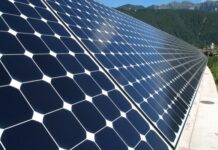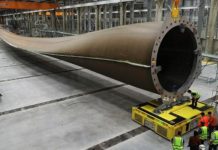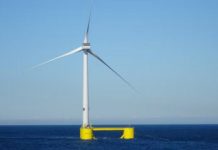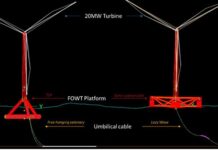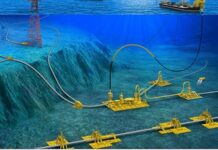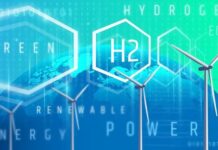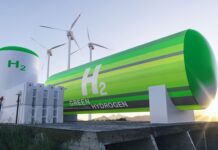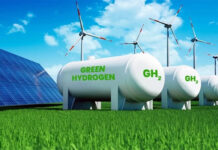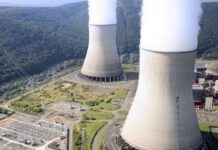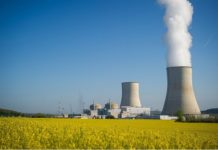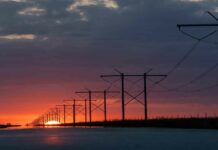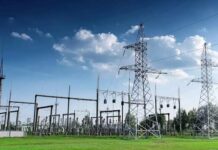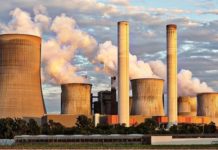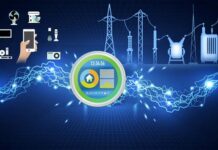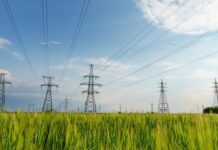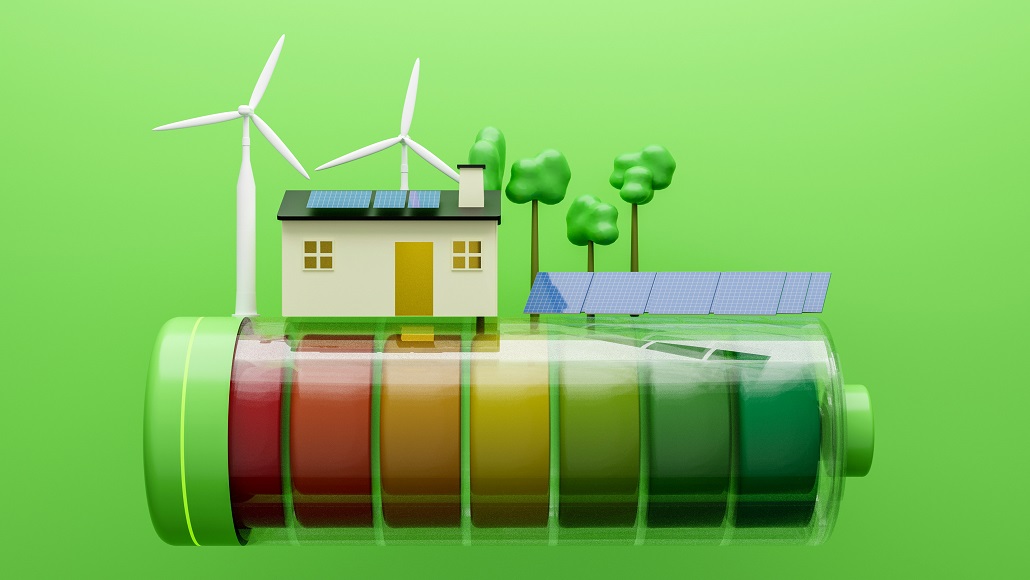The confluence of artificial intelligence (AI) and datacenters is igniting a profound uptick in demands for electricity, especially in the US, in a moment when the world is grappling with rapid technological advancement. After all, AI is no longer just a tool; with each subsequent generation, AI technologies have become increasingly resource-hungry and power-hungry, and its surge in industrialization has triggered a popularity boom in the power supply infrastructure as well. Blurring the lines of the not-so-distant past, datacenters—the engines of today’s digital ecosystems, play a pivotal role in this transformation that sends profound ripples throughout the electricity sector.
AI and Datacenters Driving Revival in US Electricity Demand Growth
Growth in demand for electricity in the US had stalled for years due to improved energy efficiency and changing patterns of industrial consumption of power. The rise of AI and the expansion of datacenters have altered that arc, however. Datacenters that process the myriad calculation of data that drive AI systems became one of the largest drivers of energy demand growth. The resurgence is driven by governments’ growing dependence on AI across sectors, from healthcare to finance, retail and autonomous systems.
As organizations from different industries deploy AI systems to improve operations and repair efficiencies, they need advanced computational infrastructure that can run with large datasets and perform real-time analytics. This demand has turned datacenters into energy guzzlers. Unlike conventional power customers, datacenters need an uninterrupted, robust flow of electricity to guarantee uptime in a connected world, which augments their significance in the US energy mix.
Datacenters currently consume about 2% of the world’s electricity supply, according to the International Energy Agency (IEA), and that share is projected to rise as AI takes off. AI and datacenters are directly and meaningfully affecting electricity generation and demand in the United States, home to some of the largest technology companies in the world and on the leading edge of this trend.
US Datacenter Energy Use Grew Substantially Between 2018 and 2023
In the period from 2018 to 2023, datacenter energy consumption in the United States increased significantly in response to demand for cloud computing, big data, and AI applications. With this surge, hyperscalers like Amazon Web Services (AWS), Microsoft Azure, and Google Cloud quickly scaled their infrastructure to meet the demand. According to another US Department of Energy report, the energy consumption associated specifically with datacenters in the US had increased by almost 30% by 2023.
Also contributing to increase is the rise of edge computing and the demand for localized datacenters serving a number of industries, including telecommunications and financial services. The significance of AI in this growth cannot be overstated. AI-powered projects like natural language processing, self-driving vehicle frameworks, and recommendation engines necessitate immense computing power, forcing datacenters to scale their capacity and, as a result, their energy consumption.
Training a single large-scale AI model, for example, can require as much electricity as 100 average households use over a whole year. This revealing fact draws attention to the high levels of energy needed to operate AI and its ability to promote sustained expansion in datacenter energy use.
Department of Energy Projects Significant Growth in Datacenter Power Demand by 2028
The Future demand for datacenter electricity is high Going Forward. The US Department of Energy estimates that the demand for datacenter power will increase by 100% by 2028, driven not only by the growing reliance on AI but the ordinary growth in digital services. This growth highlights the huge and growing necessity of scaling the nation’s power infrastructure alongside the energy needs of the datacenters.
This leaves policymakers and utility providers with a significant challenge: to guarantee that the energy grid is able to accommodate the rising load without sacrificing the goals of a cleaner environment or the reliability of the grid. namely the integration of renewable energy sources, PV sources, smart grid technologies, and energy-storage solutions. As the risk of power outages rises due to extreme weather events and aging infrastructure, the need for resilience and energy efficiency has never been clearer.
This upward trend is further bolstered by a Deloitte report that claims the global data center market will grow at a CAGR of 10.2% during the period of 2023-2028. With datacenters increasingly driving the AI revolution, the energy footprints of those datacenters will be a focus of utilities and regulators alike, with implications for energy pricing, grid management and emissions reduction targets.
AI Enthusiasm Accelerating Datacenter Capital Expenditures
AI is fueling not only electricity demand but also accelerating capital expenditures (capex) on datacenter infrastructure. It has led companies to rashly build, or find the need to upgrade, their facilities to support AI-powered workloads that demand huge computational resources. Recent activity in capex has also been strong among hyperscalers and large enterprises deploying AI tools to gain operational excellence.
As a leading name in global AI hardware, NVIDIA’s recent introduction of a datacenter-specific product lineup is indicative of this correlation between AI development and datacenter expansion. As reported by Gartner, the worldwide expenditure of datacenter infrastructure will exceed $200 billion per year by 2025, with most of that investment tied to AI-ready hardware and renewable energy integration.
Training AI models (especially complex large language models [LLMs]) is among the most energy-intensive workloads datacenters undertake. For instance, OpenAI’s GPT-4 needs tons of parallel processing power, requiring custom chips and cooling systems. These systems directly affect capital outlays for next-gen datacenters that can optimize power utilization efficiency (PUE).
Another prediction from Dell’Oro Group suggests that over 20% of total global datacenter spending will take place within AI-enabled datacenters by 2028, a significant increase from a meager 8% in 2023. The trend, attributable to investment from both private and public-sector sources, reinforces the importance of the datacenter sector in negotiating the future of energy demand.
Conclusion
AI and datacenters are not merely transforming industries—they are transforming the very structure of global energy demand.” In the United States, the transformation of American business by AI applications and the rapid expansion of datacenters have accelerated demand growth for electricity, reversing decades of stagnation. Because datacenters are becoming indispensable to modern society, they will increasingly drive energy demand growth, posing both threats and opportunities to the energy sector.
With the trend of datacenter power usage growing rapidly from 2018 to 2023, the demand for cost-effective, efficient, and sustainable power solutions has become more urgent than ever. As US Department of Energy sets a forecast challenging datacenter power demand to double in 2028, data center stakeholders from all sides must disregard standard operation practices and formulate innovative and a resilience-based approach to this impending challenge.
Even as enthusiasm for AI spurs unprecedented advance in investments into datacenter infrastructure, next-generation facility investment requires substantial capital expenditure that will remain a key driver of energy sector dynamics. Through integration of renewable energy, improved grid infrastructure, or development of AI hardware, the future of the demand for electricity in the US will be more and more characterized by the interplay between AI and datacenters, making these infrastructures a new and powerful energy consumer.






